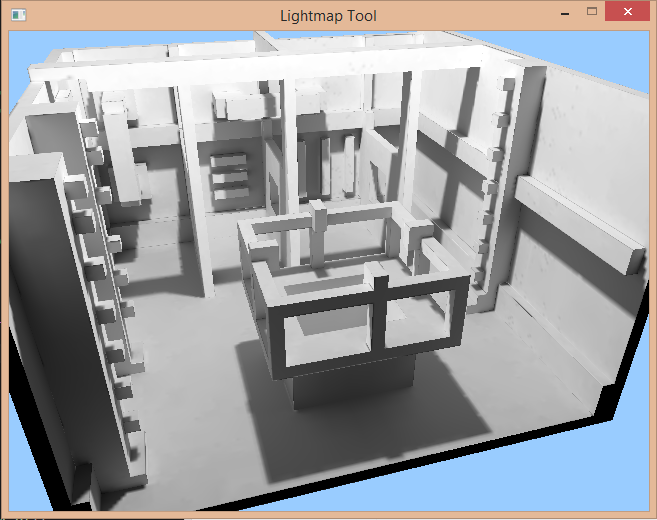Hi,
What do you write into the alpha channels in your own surface fragment shaders? (should be 1.0 for front faces) Do you maybe clear the framebuffer on your own? Or change the target framebuffer/viewport/scissor rect? Do you modify the matrices before multiplying them with the vertex positions? What are your lmCreate parameters and api call order?
Cheers :), Andreas

I'm having a weird problem that I can't figure out. You can see a screenshot and the generated lightmap here: https://imgur.com/a/2NqIT
It's like some of the samples are just wrong (usually black instead of grayish, but sometimes white), as if depending on the hemisphere orientation the light is either visible or not visible, but that's wild speculation. I tried turning off interpolation to render all the hemispheres, but that didn't help.